Home>Articles>How Can You Tell If You Have Bats In Your Attic
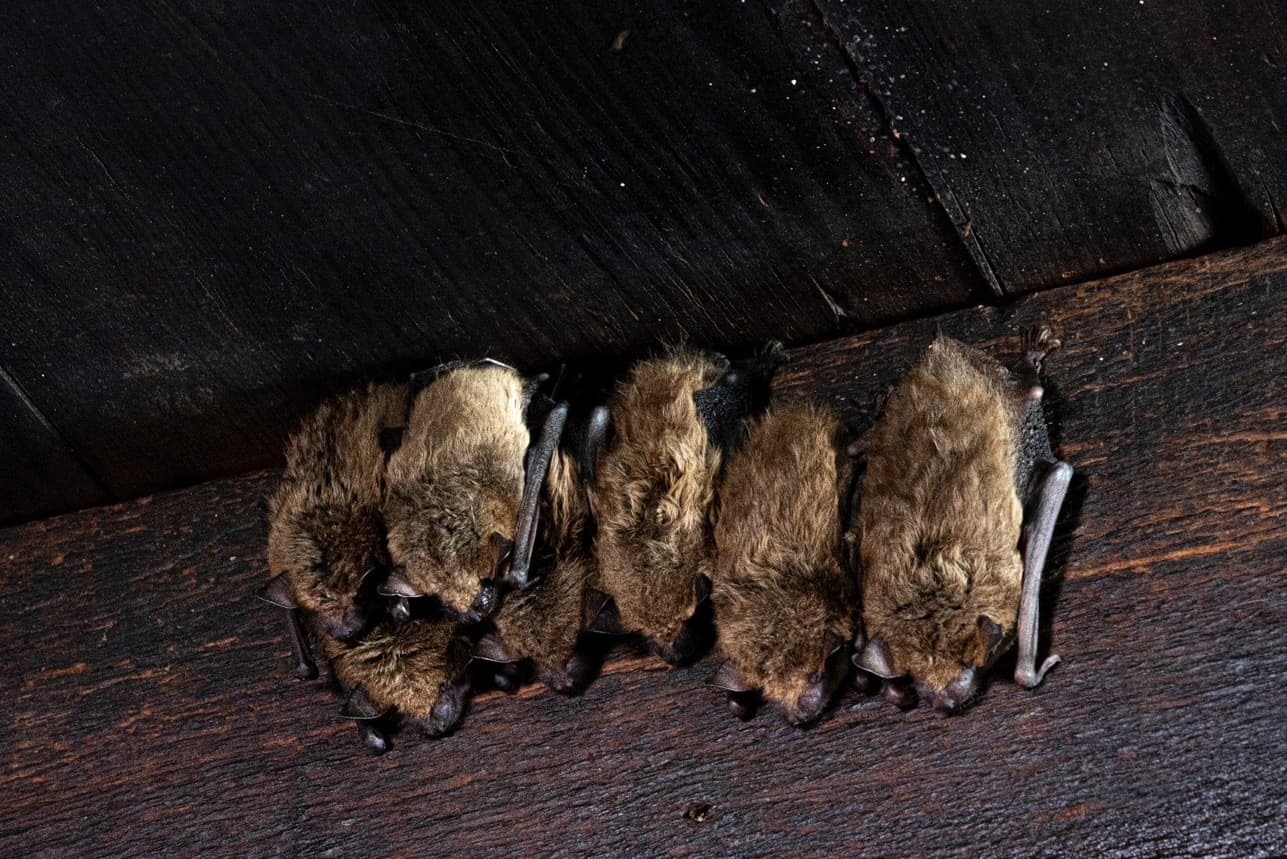

Articles
How Can You Tell If You Have Bats In Your Attic
Modified: December 7, 2023
Learn how to identify if you have bats residing in your attic with our informative articles. Protect your home and family from potential hazards.
(Many of the links in this article redirect to a specific reviewed product. Your purchase of these products through affiliate links helps to generate commission for Storables.com, at no extra cost. Learn more)
Introduction
Discovering bats in your attic can be an unnerving experience. These nocturnal creatures are skilled at finding shelter in dark and secluded spaces, making attics an ideal habitat for them. While bats are beneficial to the ecosystem, as they eat insects and help control pest populations, their presence in your attic can pose certain risks and concerns.
Identifying whether you have bats in your attic is crucial for taking appropriate actions. In this article, we will explore the signs that indicate the presence of bats in your attic. By being aware of these signs, you can effectively determine whether professional intervention is necessary and take the necessary steps to address the situation.
So, let’s dive into the various indicators that can help you determine if you have bats in your attic.
Key Takeaways:
- Identifying signs of bat presence in your attic, such as visual observations, strange noises, and guano accumulation, is crucial for taking prompt and effective action to address the infestation.
- Employing professional wildlife removal experts and implementing exclusion methods can ensure the safe and humane removal of bats from your attic while prioritizing their well-being and preventing future infestations.
Read more: How To Know If You Have Rats In Your Attic
Signs of Bat Presence in Your Attic
Bats are stealthy creatures that prefer dark and secluded areas, making the attic an appealing location for them to roost and raise their young. However, they leave behind certain signs that can indicate their presence. By being aware of these signs, you can confirm if bats have made your attic their home. Here are some common signs to look out for:
1. Visual Observations
One of the most obvious signs of bat presence is actually seeing them. Bats may enter or exit your attic through small gaps or holes, especially during dusk or dawn when they are most active. If you notice bats flying near your home or around your roofline, it is likely that they have found a way into your attic.
2. Strange Noises
Bats are not silent creatures, and their presence in your attic may be revealed through the sounds they make. You may hear scratching, squeaking, or fluttering sounds coming from your attic, especially at night when bats are actively moving around. These noises can indicate that bats are roosting or flying within your attic space.
3. Bat Droppings
Bat droppings, also known as guano, are a clear indication of bat presence. Guano resembles small black or brown pellets and can accumulate near their roosting sites, such as corners or beams in your attic. If you notice a significant amount of droppings in your attic, it is likely that bats have been residing there.
Read more: How Do You Get Bats Out Of Attic
4. Accumulation of Guano
In addition to the presence of bat droppings, the accumulation of guano is another sign that bats have been inhabiting your attic for some time. Over time, bat droppings can pile up, forming larger mounds or areas of heavy accumulation. Take note of any increasing build-up of guano, as it may indicate a growing bat colony.
[Continue …]
Visual Observations
When trying to determine if you have bats in your attic, visual observations play a crucial role. Bats are nocturnal creatures, which means they are most active during the night. By keeping an eye out for their presence, you can easily identify if bats have made your attic their home.
One of the most obvious visual indicators is actually seeing bats entering or exiting your attic. Stand outside your house during dusk or dawn and observe the roofline. Bats typically fly out in search of food during these times. Watch for any bats flying in a steady, straight path, as this suggests they may be living in your attic.
Another visual clue is the presence of bats roosting on the exterior of your home. Look for bats clinging to the siding, under eaves, or around windows. Bats often seek shelter in crevices, gaps, or other small openings in the structure. If you see bats hanging around these areas, it’s a strong indication that they may have access to your attic.
Inside the attic, examine the corners, beams, and rafters for more visual evidence. Bats often roost in groups, so you may see them huddled together. If the attic is dimly lit, use a flashlight to carefully scan the space, paying attention to any movement or small dark shapes. Bats have distinctively elongated wings and can be easily recognized.
It’s important to note that bats are protected in many regions, and it is illegal to harm or kill them without proper authorization. Therefore, it’s crucial to take caution when observing and identifying bats in your attic. If you are unsure about the specific species or regulations in your area, it’s best to contact a professional wildlife expert or local authorities for guidance.
Visual observations are a valuable tool in determining if you have bats in your attic. However, it’s important to consider other signs as well to confirm their presence and take appropriate measures for their removal.
Strange Noises
If you suspect that bats have taken up residence in your attic, one of the telltale signs is the presence of strange noises. Bats may create various sounds that can be heard both inside and outside your home.
At night, when bats are most active, you may hear scratching, fluttering, or squeaking sounds coming from your attic. These noises are often the result of bats moving around, communicating with each other, or adjusting their positions within the roost. While bats are generally quiet creatures, the sounds they make can become audible, especially if you have a large colony in your attic.
It’s important to note that the noises produced by bats can be quite different from those made by other animals or pests. The scratching sounds caused by bats are typically lighter and more rapid compared to the heavy thumping or scurrying sounds made by bigger animals like rodents. These distinctive noises can help you differentiate between a bat infestation and other common attic visitors.
Pay attention to the timing of the noises as well. Bats are nocturnal creatures, so their activity will primarily occur at night. If you consistently hear strange noises in your attic during the evening or early morning hours, it’s a strong indication of bat presence.
It’s important to be patient and listen carefully to the sounds coming from your attic. Some noises may only be occasional, while others may be more consistent. By keeping track of these sounds and their frequency, you can gather more evidence to confirm the presence of bats in your attic.
It’s worth noting that if you suspect bats in your attic and hear any scratching or fluttering sounds, you should not attempt to handle the situation on your own. Bats are protected species in many regions, and it’s crucial to consult with a professional wildlife control expert who can safely and legally remove them from your property.
So, if you’re hearing strange noises coming from your attic, particularly during the night, it’s a strong indication that bats may have found their way into your living space.
Bat Droppings
One of the most unmistakable signs of bats in your attic is the presence of bat droppings, also known as guano. Bat guano is a clear indication that bats have made your attic their roosting site or a frequent resting spot.
Bat droppings are often found in specific areas where bats roost, such as corners, beams, or rafters. They are typically small, elongated pellets with a shiny appearance, resembling mouse droppings but with certain distinguishing characteristics. Guano is usually dark brown or black in color, and its texture can range from dry and crumbly to moist and shiny, depending on the bat species and their diet.
Identifying bat droppings in your attic requires a keen eye and attention to detail. Sometimes, you may notice only a few scattered droppings, while in other cases, there may be significant amounts accumulated over time. The quantity of guano can provide insights into the size of the bat colony residing in your attic.
Bat droppings serve as a useful clue because they are typically found in concentrated areas where bats rest or gather. Take note of any piles or clusters of droppings on the attic floor or in corners and crevices. This indicates that bats have established their presence and are returning to the same spots repeatedly.
It’s important to exercise caution when dealing with bat droppings, as they can carry bacteria and fungal spores that may pose health risks. Avoid direct contact with guano and always wear protective gear, such as gloves and a respiratory mask, if you need to handle or clean up the droppings.
If you discover bat droppings in your attic, it’s crucial to act promptly. Not only can guano create an unsightly mess and odor, but it can also pose health hazards. Furthermore, bat droppings can damage insulation and other materials over time, leading to potential structural issues.
When it comes to bat droppings, it’s essential to address the situation correctly. Consult with a professional wildlife removal expert to ensure the safe and effective removal of the bats and the proper cleanup and sanitization of affected areas.
In summary, the presence of bat droppings in your attic is a strong indicator that bats have taken up residence. If you come across these distinctively shaped and colored pellets, it’s time to take action to address the infestation.
Read more: How To Tell If You Have Uranium Glass
Accumulation of Guano
Along with the presence of bat droppings, the accumulation of guano is another sign of bats making your attic their home. As bats continue to roost and rest in your attic, the amount of guano can build up over time, creating larger areas of accumulation.
When bats inhabit your attic, they tend to return to the same roosting spots repeatedly. These areas can become locations where significant amounts of guano accumulate. Over time, you may notice piles or clusters of guano in corners, along beams, or on attic floors.
The accumulation of guano serves as an indication that bats have been residing in your attic for an extended period. It reflects the size of the bat colony and their regular activity within your living space.
It’s crucial to be cautious when dealing with accumulated bat guano. As guano decomposes, it can release fungal spores and ammonia, which may pose health risks if inhaled or touched. Protective gear, such as gloves, a respiratory mask, and goggles, should be worn when cleaning up guano or working in close proximity to it.
Besides the health hazards, the accumulation of guano can also have other detrimental effects. Over time, the weight of accumulated guano can put stress on attic structures, potentially leading to structural damage. Guano can also cause the deterioration of insulation and other building materials, reducing their effectiveness and longevity.
If you discover a significant accumulation of guano in your attic, it’s essential to address the situation promptly. Consult a professional wildlife removal expert to safely remove the bats and handle the cleanup process. They have the knowledge, experience, and proper equipment to effectively remove guano and mitigate any potential health or structural risks associated with it.
Remember, ignoring the accumulation of guano in your attic can result in further damage and health hazards. Taking swift action will not only restore the safety of your living space but also prevent potential long-term consequences caused by guano accumulation.
Stains and Odors
When bats have taken up residence in your attic, you may notice stains and odors that can serve as further indicators of their presence. These stains and odors result from the accumulation of bat urine and guano over time.
Bat urine contains ammonia, which can leave behind a pungent odor that becomes more pronounced in confined spaces like attics. The scent of bat urine can be strong and unpleasant, resembling the smell of a combination of urine and a musty, earthy odor. If you detect a foul smell in your attic, it may be an indication of bat activity.
In addition to the odor, bat urine can also cause staining on surfaces in your attic. The staining is usually seen as dark or yellowish streaks on walls, ceilings, or insulation. These stains are a result of the concentrated urine that bats release while roosting and moving around in your attic.
Stains from bat urine are often more visible around entrances and exit points, where bats come and go, and the concentration of urine is higher. You may notice drip lines or streaks that extend from these areas. The presence of these stains can be a clear sign that bats have been using your attic as a roosting site.
It’s important to note that bat urine not only causes stains and odors but also poses potential health risks. The accumulation of bat urine and guano can harbor bacteria, fungal spores, and other pathogens that can be harmful if inhaled or ingested. Therefore, it is crucial to take precautionary measures and seek professional assistance to ensure safe removal and cleanup.
If you spot stains or smell unusual odors in your attic, it’s advisable to consult a wildlife removal specialist. They will assess the situation, identify the source, and develop a plan for safely removing the bats and addressing any stains or odors caused by their presence.
By addressing the issue promptly, you can effectively eliminate the stains and odors associated with bat activity and restore a clean and odor-free environment in your attic.
Grease Marks and Rubbing
When trying to determine if you have bats in your attic, another sign to look out for is the presence of grease marks and rubbing on surfaces. These marks are left behind by bats as they navigate through your attic.
Bats have oily fur that helps them maintain their flight abilities. As they squeeze through tight spaces and navigate along walls and beams in your attic, their bodies leave behind greasy residues. These grease marks can be seen as dark smudges or streaks on surfaces such as walls, ceilings, or wooden beams.
When bats repeatedly use the same entry and exit points in your attic, they may leave distinct rubbing marks around those areas. These marks can appear as dirt smudges or worn-down spots where the bats are actively squeezing in and out of your attic. These rubbing marks are typically darker than the surrounding surfaces and may be more noticeable in well-used entry points.
Grease marks and rubbing are important signs to pay attention to because they are unique to bat activity. While other animals may leave claw or bite marks, the presence of grease marks and rubbing is a strong indication that bats have been frequently visiting or residing in your attic.
To identify grease marks and rubbing, carefully inspect the surfaces in your attic. Look for any dark, oily streaks along walls, especially near potential entry and exit points. These marks are a result of the natural oils present in bat fur and can stand out against lighter-colored surfaces.
If you come across grease marks and rubbing in your attic, it’s crucial to take proper action to address the bat infestation. Consult with a professional wildlife removal expert who can safely remove the bats from your attic and prevent their re-entry. Additionally, they can assist in cleaning and sanitizing the affected areas to remove the grease marks and ensure proper hygiene.
Remember, dealing with bats in your attic can be challenging, and it’s best to seek professional assistance to address the infestation effectively and minimize any potential risks associated with bat activity.
Structural Damage
When bats take up residence in your attic, their presence can lead to potential structural damage to your home. Understanding and identifying these signs of structural damage is crucial for taking timely action to address the bat infestation.
One of the primary ways bats can cause structural damage is through their roosting and nesting habits. Bats often create nests using materials such as leaves, twigs, and insulation. Over time, these nests can accumulate and create blockages in vents or other openings, impeding proper ventilation and airflow within your attic. This can result in moisture buildup, which can lead to issues such as mold growth and rotting of wooden structures.
Bats are also known to gnaw on various materials, including wood and electrical wiring. Their constant gnawing can weaken wooden beams or trusses, compromising the integrity of your attic’s structure. Damaged wiring poses a fire hazard, increasing the risk of electrical fires within your home.
In addition to their physical damage, bats’ urine and guano can also contribute to structural deterioration. The acidic nature of bat urine can corrode metals, including plumbing pipes or HVAC systems, potentially causing leaks or malfunctions. The accumulation of guano can also put excess weight on the attic floor or insulation, leading to sagging ceilings or compromised insulation effectiveness.
To identify structural damage caused by bats, it’s important to conduct a thorough inspection of your attic. Look for signs of weakened or gnawed wooden structures, such as beams or trusses that appear damaged or show signs of deterioration. Check for any blockages in vents or openings and examine the condition of your insulation for guano accumulation or compacted areas.
If you suspect structural damage, it is advisable to consult with a professional contractor or structural engineer for a detailed assessment. They can determine the extent of the damage and provide guidance on the necessary repairs or reinforcements.
It’s crucial to address structural damage caused by bats promptly to prevent further deterioration and ensure the safety and stability of your home. By working with professionals experienced in wildlife removal and structural repairs, you can effectively resolve the bat infestation and restore the integrity of your attic.
Read more: How To Get Rid Of Bats In The Attic
Nighttime Activity
Observing the nighttime activity in and around your home can provide valuable insights into the presence of bats in your attic. Bats are nocturnal creatures, meaning they are most active during the night when they hunt for insects and seek shelter in their roosting sites.
One way to determine if you have bats in your attic is to observe their flight patterns. Spend some time outside during the evening or early morning hours and look for bats flying near your home. Bats often have distinct flight styles, characterized by erratic movements and quick changes in direction as they dart around in pursuit of prey. If you notice bats consistently flying around your roofline, it suggests that they may have found access to your attic.
Another way to detect nighttime bat activity is through the use of specialized equipment such as bat detectors. These devices pick up the ultrasonic calls that bats emit while flying and hunting. Since bat calls are often outside the range of human hearing, bat detectors can help you identify the presence and activity of bats even if you can’t visually observe them.
Furthermore, pay attention to any unusual noises coming from your attic during the night. Bats are not completely silent when they are roosting or flying. You may hear scratching, fluttering, or squeaking sounds, especially in close proximity to your attic. These nocturnal noises can be a strong indication that bats are present and active in your living space.
Keep in mind that nighttime activity alone may not be enough evidence to confirm the presence of bats in your attic. It’s important to combine this observation with other signs, such as visual sightings, droppings, or staining, for a more comprehensive assessment. If you consistently observe nocturnal activity and notice other signs of bat presence, it is advisable to seek professional assistance to address the situation.
Remember, bats are protected species in many regions, and it is illegal to harm or kill them without the appropriate permits. If you suspect bats in your attic based on their nighttime activity, it’s best to consult with a wildlife removal specialist who can assess the situation, provide guidance, and safely remove the bats if necessary.
By monitoring the nighttime activity in and around your home, you can gather important clues to determine if bats have made your attic their habitat and take appropriate action to address the issue.
Exclusion Methods
When it comes to dealing with bats in your attic, it’s important to employ effective exclusion methods to ensure that they are safely and permanently removed from your living space. Exclusion methods focus on preventing bats from reentering your attic while allowing them to find alternative roosting sites in the wild. Here are some commonly used exclusion methods:
1. Sealing Entry Points
Identify and seal all potential entry points that bats may use to access your attic. Inspect your roofline, vents, chimneys, and any gaps or cracks in your home’s exterior. Use materials such as caulk, wire mesh, or expandable foam to seal these entry points, ensuring there are no gaps larger than a quarter-inch, as bats can fit through surprisingly small openings.
2. Installing Bat Houses
Provide alternative roosting options for bats by installing bat houses in your yard or nearby areas. Bat houses are specially designed structures that mimic natural roosting sites, providing a safe and suitable habitat for bats. By providing them with an alternative roosting option, you can encourage bats to relocate away from your attic.
Read more: What Do Bats Sound Like In Your Attic
3. Implementing One-Way Exclusion Devices
One-way exclusion devices are devices that allow bats to leave your attic but prevent them from reentering. These devices, such as bat cones or netting, are installed over the entry points bats use to access your attic. The devices allow bats to fly out, but their design prevents them from flying back in. Ensure these exclusion devices are properly installed and regularly monitored to verify that all bats have safely exited your attic.
4. Removing Attractants
Bats are attracted to areas with abundant food sources, such as insects. Reduce the attractiveness of your property to bats by minimizing outdoor lighting, which can attract insects. Regularly inspect your yard for standing water sources that may attract insects and subsequently attract bats to your property. By removing these attractants, you can discourage bats from seeking shelter in your attic.
5. Consulting a Professional
If you are unsure about implementing exclusion methods or if the bat infestation is extensive, it is advisable to consult a professional wildlife removal expert. They have the knowledge, experience, and specialized tools to safely and effectively exclude bats from your attic. They can also assess the situation, identify any additional entry points, and provide recommendations for long-term bat prevention.
Remember, it is crucial to exercise caution when attempting exclusion methods, as bats are protected species in many regions. Always follow local regulations and ensure no harm comes to the bats during the exclusion process. Prioritize the welfare of these beneficial creatures while safeguarding your home from their presence.
By employing these exclusion methods, you can effectively remove bats from your attic, prevent their reentry, and encourage them to find suitable roosting sites in their natural habitat.
Bat Exclusion and Removal
When dealing with a bat infestation in your attic, it’s important to properly and safely exclude and remove the bats. Bat exclusion and removal methods aim to eliminate the bats from your living space while ensuring their welfare and preventing their return. Here are some steps involved in bat exclusion and removal:
Read more: How To Tell If You Have Projector Headlights
1. Inspection
Begin by conducting a thorough inspection of your attic and surrounding areas to identify the entry points, roosting sites, and signs of bat activity. This will help determine the extent of the infestation and guide the subsequent removal process.
2. Exclusion Plan
Develop a comprehensive exclusion plan based on the inspection findings. Determine the entry points used by the bats and create a strategy to seal them off effectively. Consider installing one-way exclusion devices, such as cones or netting, to allow bats to leave but prevent their reentry.
3. Seal Entry Points
Carefully seal all potential entry points that bats may use to access your attic. Use materials such as caulk, flashing, mesh, or expanding foam to seal gaps, cracks, and openings. Ensure that all entry points are properly sealed to prevent bats from reentering your home.
4. Install Bat Houses
Provide alternative roosting options for the bats by installing bat houses in suitable locations around your property. Bat houses mimic natural roosting sites and provide bats with a safe and favorable habitat. This encourages them to relocate to the bat houses rather than returning to your attic.
5. Professional Removal
Consider hiring a professional wildlife removal expert who specializes in bat removal. They have the knowledge, experience, and necessary equipment to safely handle and remove bats. Professional removal ensures compliance with regulations, minimizes risks, and ensures the well-being of bats throughout the process.
6. Clean-up and Sanitation
After the bats have been excluded, it’s important to clean up and sanitize the affected areas. Bat droppings (guano) and urine may have accumulated, posing health risks. Wear protective gear, such as gloves and a respiratory mask, and thoroughly clean and disinfect the attic to eliminate any remaining traces of bat activity.
7. Prevention and Maintenance
Implement strategies to prevent future bat infestations. Regularly inspect your attic, roofline, and the exterior of your home for any signs of potential entry points. Keep vegetation trimmed away from your home, ensure proper attic ventilation, and address any other issues that may attract bats.
Remember, bats are protected species in many regions, and it is essential to handle their removal and exclusion properly, prioritizing their welfare while safeguarding your home. Consulting with a professional wildlife removal expert is highly recommended for a safe and effective bat exclusion and removal process.
By following these steps, you can successfully exclude and remove bats from your attic, protect your home from further infestations, and ensure the well-being of both your property and these valuable creatures.
Hiring a Professional
Dealing with a bat infestation in your attic requires expertise and knowledge to ensure safe and effective removal. Hiring a professional wildlife removal specialist who specializes in bat control is highly recommended. Here are several reasons why it is beneficial to enlist the services of a professional:
Read more: How To Tell If You Have Bed Bug Bites
Expertise
Professional wildlife removal experts have extensive knowledge and experience in dealing with bat infestations. They understand bat behavior, their nesting habits, and their entry points. Their expertise allows them to accurately assess the situation, develop an appropriate removal plan, and effectively exclude bats from your attic.
Safe Removal
Bats are protected species in many regions, and it is illegal to harm or kill them without proper authorization. Professional wildlife removal specialists are trained in safely handling bats and using humane removal techniques. They prioritize the well-being of the bats while safely removing them from your property.
Evidence-Based Approach
Professional wildlife removal experts rely on evidence-based strategies to address bat infestations. They conduct thorough inspections to identify entry points, roosting areas, and the extent of the infestation. Their approach is based on a solid understanding of bat behavior and biology, ensuring an effective and long-lasting solution.
Proper Equipment and Techniques
Wildlife removal specialists have access to specialized equipment and techniques necessary for bat removal. From one-way exclusion devices to protective gear and sanitation equipment, professionals have the tools needed to safely and efficiently handle the removal and cleanup process.
Read more: How To Tell What Type Of Siding You Have
Compliance with Regulations
Professional wildlife removal experts are familiar with local regulations regarding bat removal and handling. They ensure compliance with these regulations and obtain any necessary permits or authorizations required for the removal process. By working with professionals, you can avoid legal complications and ensure that the removal is done in accordance with applicable laws.
Prevention and Education
Upon removing the bats from your attic, professionals can provide guidance on preventing future infestations. They can advise on proper attic maintenance, sealing potential entry points, and making your home less attractive to bats. They will also educate you on bat behavior and the importance of bats in the ecosystem.
When faced with a bat infestation, hiring a professional wildlife removal specialist is the most effective and responsible approach. Their expertise, safe removal methods, and compliance with regulations will ensure the successful resolution of the infestation while prioritizing the well-being of the bats and the safety of your property.
Conclusion
Discovering bats in your attic can be concerning, but by being aware of the signs and taking appropriate actions, you can effectively address the issue. Signs such as visual observations of bats, strange noises, bat droppings, accumulations of guano, stains and odors, grease marks and rubbing, structural damage, and nighttime activity can all indicate the presence of bats in your attic.
When dealing with a bat infestation, it’s important to prioritize the well-being of both your family and the bats themselves. To effectively remove bats from your attic, consider implementing exclusion methods such as sealing entry points, installing bat houses, utilizing one-way exclusion devices, removing attractants, and consulting a professional wildlife removal expert.
Hiring a professional for bat exclusion and removal is highly recommended due to their expertise, safe removal techniques, proper equipment, compliance with regulations, and ability to provide prevention and education. Professional wildlife removal specialists can ensure the successful and humane removal of bats while taking steps to prevent future infestations.
Maintaining a proper attic environment, such as regular inspections, sealing potential entry points, and addressing attractants, will help to deter bats from taking up residence in your attic. By being proactive and taking preventive measures, you can minimize the chances of bat infestations in the future.
It’s important to remember that bats play a vital role in the ecosystem by controlling insect populations. They are protected species in many regions, and it is essential to handle their removal and exclusion in a responsible and legal manner.
In conclusion, if you suspect or confirm a bat infestation in your attic, take prompt action by seeking professional assistance, implementing effective exclusion methods, and prioritizing the safety of both your home and the bats. By doing so, you can solve the issue, restore the integrity of your attic, and coexist harmoniously with these beneficial creatures.
Frequently Asked Questions about How Can You Tell If You Have Bats In Your Attic
Was this page helpful?
At Storables.com, we guarantee accurate and reliable information. Our content, validated by Expert Board Contributors, is crafted following stringent Editorial Policies. We're committed to providing you with well-researched, expert-backed insights for all your informational needs.
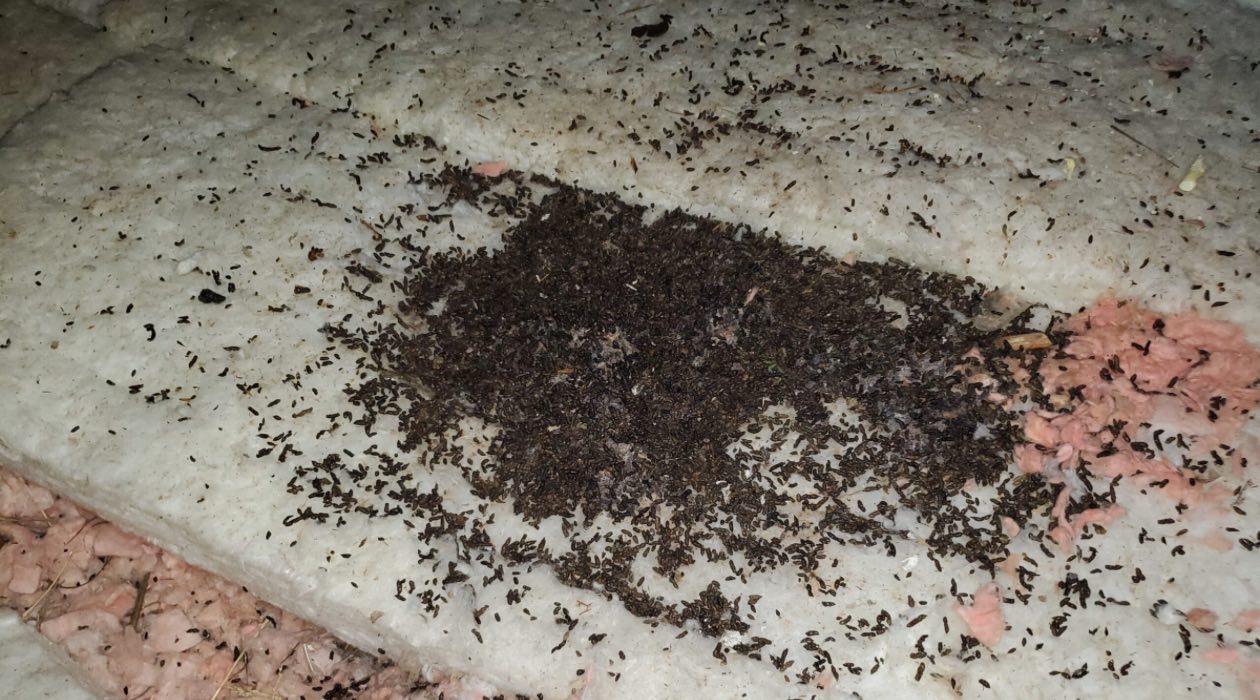


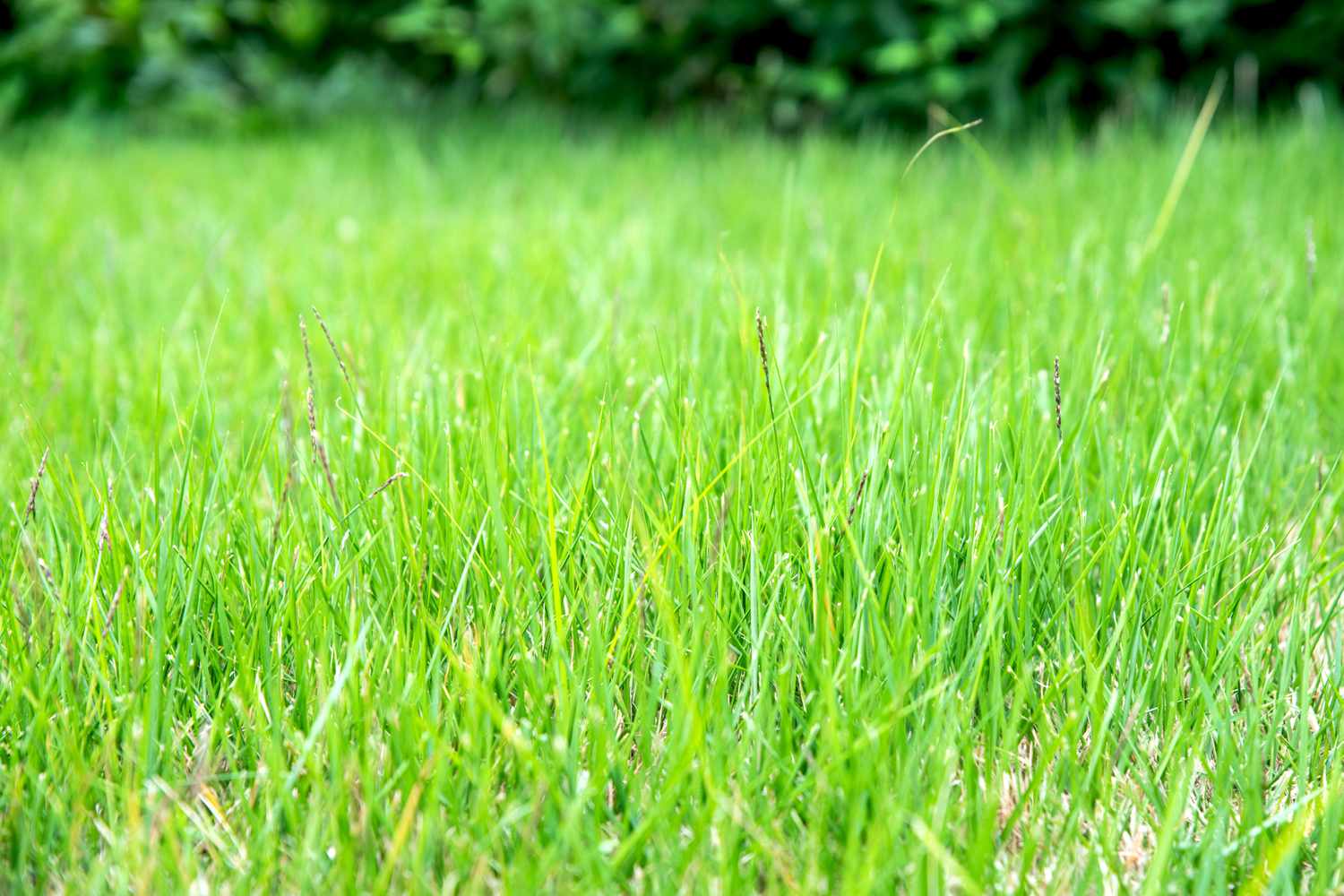
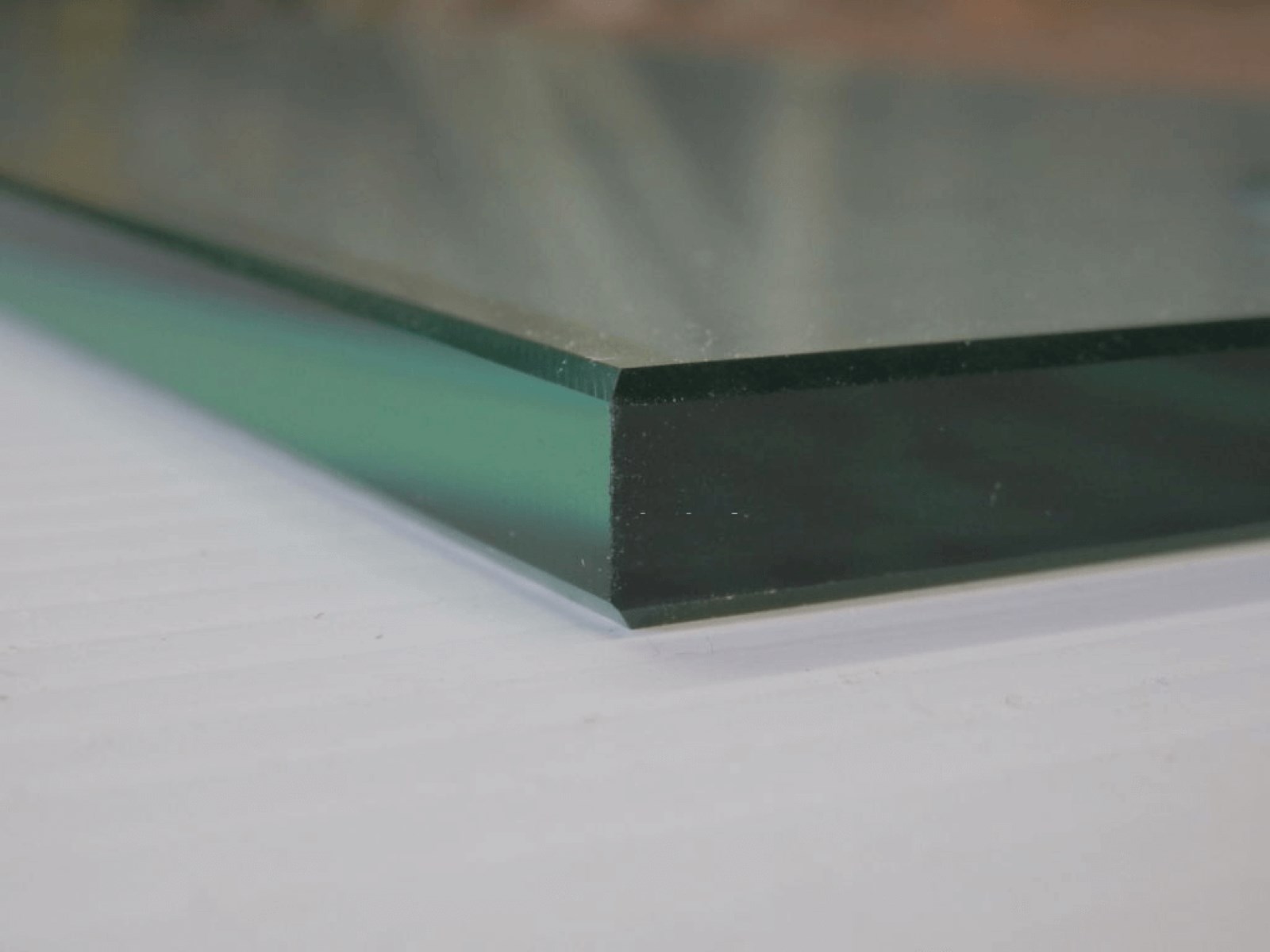

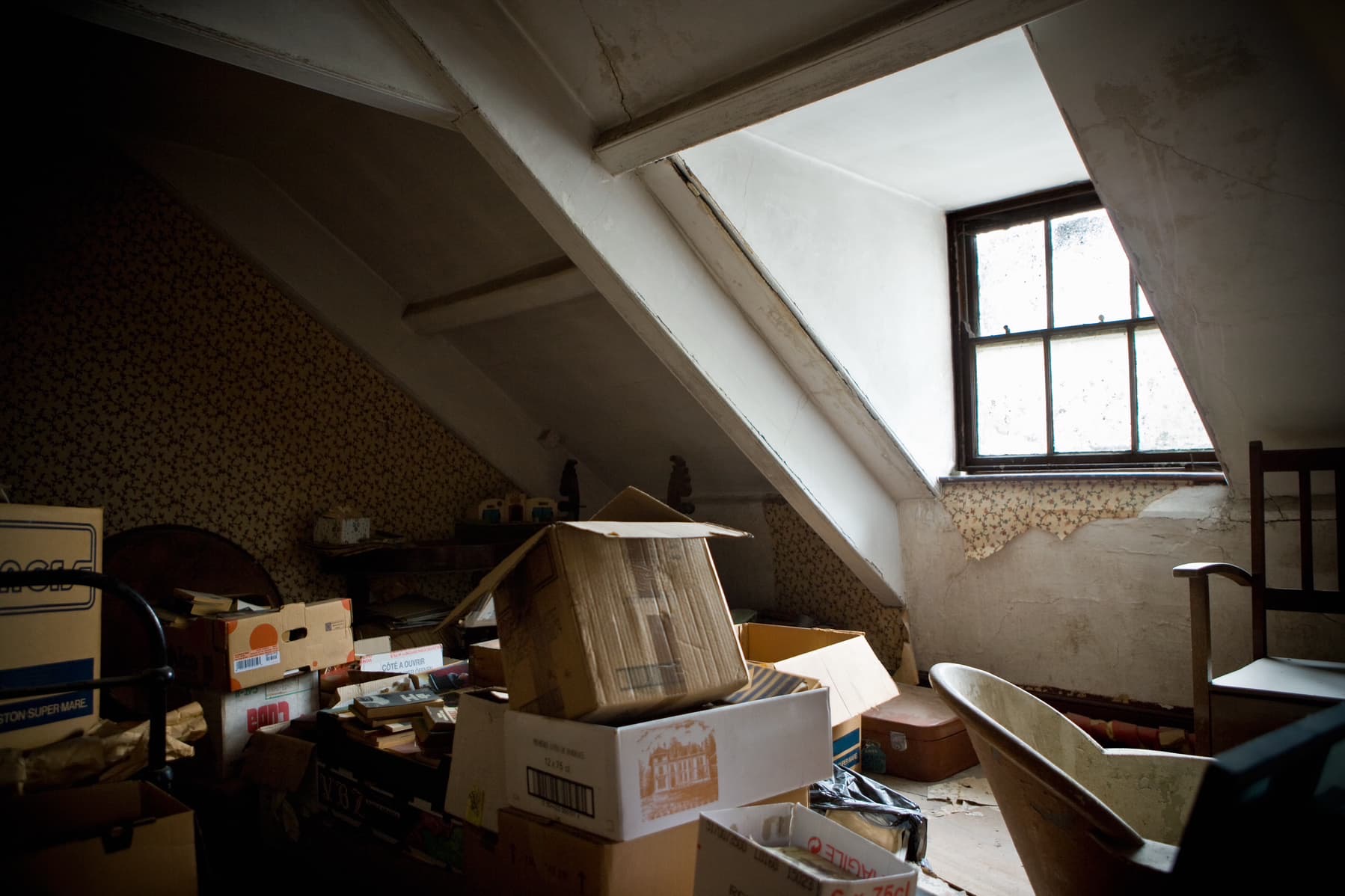

0 thoughts on “How Can You Tell If You Have Bats In Your Attic”